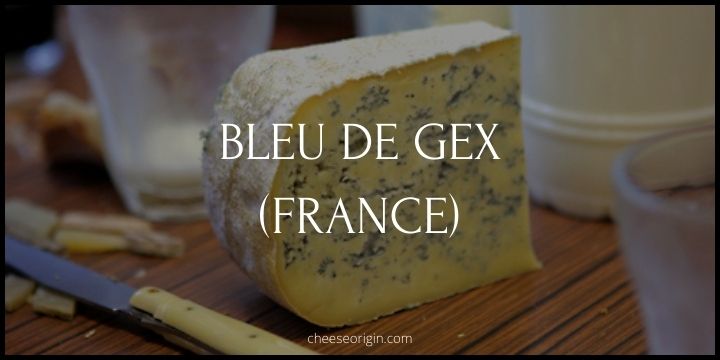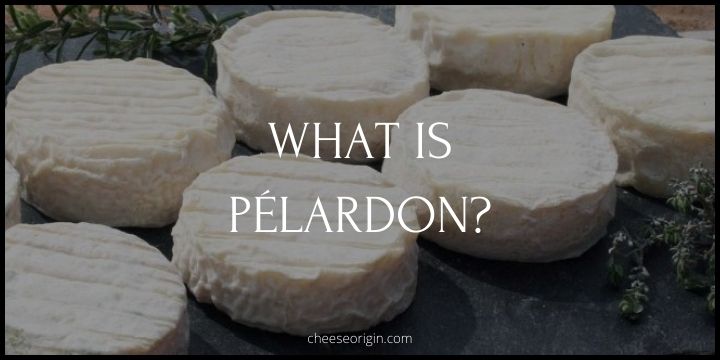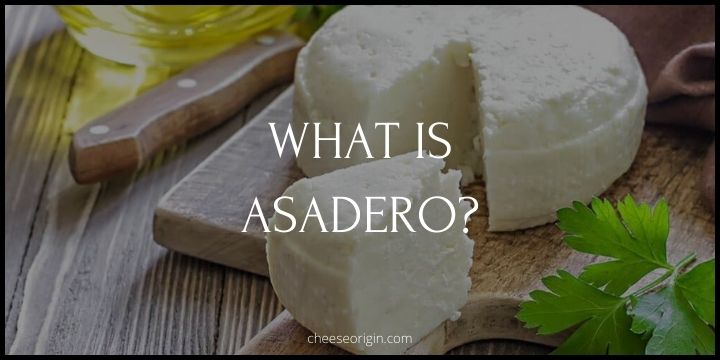What is Cornish Blue? Unraveling the UK’s Young Blue Cheese
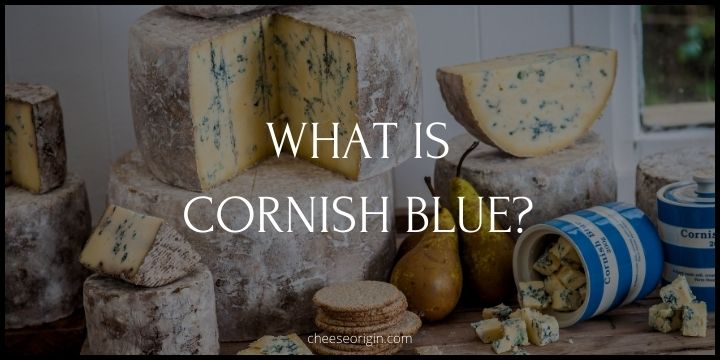
Dive into the world of cheese with Cornish Blue, a unique gem from the United Kingdom. This artisanal wonder, born in the tranquil landscapes of Cornwall, England, breaks the mold of traditional blue cheeses. While most blues are aged, Cornish Blue is a young, sweet and mild cheese, offering a fresh take on the classic blue.
Handcrafted by the dedicated team at the Cornish Cheese Company, this award-winning cheese is a testament to innovation and tradition, all wrapped up in a creamy, delicate blue.
Quick Facts About Cornish Blue
| Fact | Details |
|---|---|
| Origin | Cornwall, England |
| Type | Blue Cheese |
| Milk | Cow’s milk |
| Aging time | 12-14 weeks |
| Texture | Creamy and crumbly |
| Flavor | Mild, sweet with a slight spicy tang |
| Rind | Edible, natural |
| Color | Pale ivory with streaks of blue |
| Production Method | Handmade |
| Awards | Supreme Champion at the British Cheese Awards 2010 |
| Pairing Recommendations | Port, dessert wines, pears, apples, walnuts |
| Serving Suggestions | Cheese platters, salads, pasta |
| Shelf Life | Several weeks when properly stored |
| Availability | Year-round |
| Unique Characteristic | Unlike most blue cheeses, it is mild and not overly strong or spicy |
| Storage | Best kept wrapped in wax paper, refrigerated |
| Producers | Cornish Cheese Co. |
| Diet Suitability | Not suitable for lactose intolerant or vegan diets |
What is Cornish Blue?
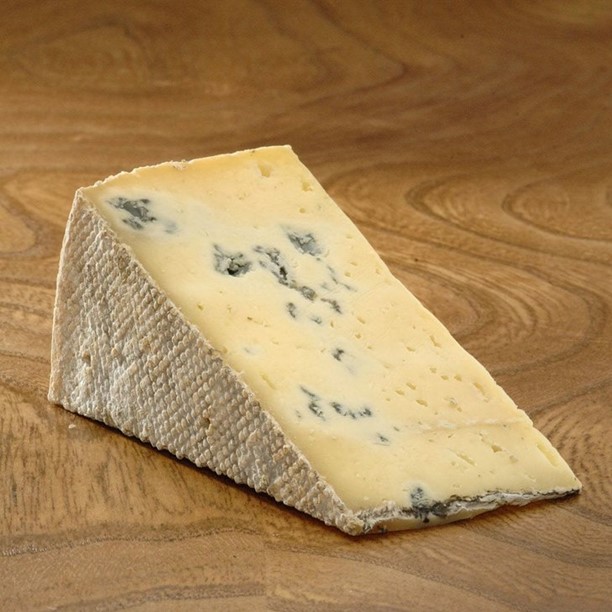
Cornish Blue, a cheese that hails from the picturesque landscapes of Cornwall, England, is a delightful departure from traditional blue cheeses. Unlike its pungent counterparts, Cornish Blue gently introduces your palate to a symphony of flavors – mild, sweet, and subtly spicy. Handcrafted by the dedicated team at the Cornish Cheese Co., this artisanal marvel is the result of meticulous craftsmanship and passion for excellence.
Produced from the milk of well-nourished cows, Cornish Blue undergoes an aging process of 12 to 14 weeks. This period shapes its character, transforming it into a creamy, crumbly delight with a delectable edible rind. The result is a pale ivory cheese that’s marbled with alluring streaks of blue, a visual testament to its unique flavor profile.
But Cornish Blue isn’t just about its taste. It’s about an experience – a sensory journey into the heart of Cornwall’s culinary heritage. Whether you’re savoring it on a cheese platter, sprinkling it over salads, or melting it into pasta, Cornish Blue enhances every dish with its distinct charm. Pair it with port, dessert wines, fruits like pears and apples, or walnuts, and you’ll discover new dimensions to its versatile personality.
As the Supreme Champion at the British Cheese Awards in 2010, Cornish Blue has certainly left an indelible mark on the world of cheese. Yet, it remains true to its roots, embodying the spirit of its birthplace with each bite. To indulge in Cornish Blue is to partake in a piece of Cornwall’s rich gastronomic tradition – an adventure that’s as rewarding as it is delicious.
What Does Cornish Blue Taste Like?
Cornish Blue’s taste is mild and creamy, making it a great introductory blue cheese for those who might find other varieties too strong or pungent.
The cheese greets your palate with a gentle sweetness that gradually gives way to a slightly spicy tang. This balance of sweet and spicy notes is one of Cornish Blue’s defining characteristics, providing an intriguing depth of flavor without overwhelming your taste buds.
As you continue to savor the cheese, you may also detect subtle hints of butter and mushrooms, adding another layer of complexity to its flavor. The edible rind contributes a slight earthiness that perfectly complements the creamy interior.
Cornish Blue Tasting Notes
- Initial Flavor: A gentle sweetness that is welcoming and mild, making it an easy introduction to blue cheeses.
- Mid-Palate: The sweetness gradually transitions into a slightly spicy tang, adding intrigue and depth to the flavor.
- Subtle Undertones: Hints of butter and mushrooms can be detected, contributing a layer of complexity to the tasting experience.
- Rind Taste: The edible rind offers a touch of earthiness that beautifully complements the creaminess of the interior.
- Overall Impression: Despite its rich, multi-layered taste, Cornish Blue remains remarkably mellow and well-balanced throughout.
- Texture: Creamy and crumbly, adding to the overall enjoyment of the cheese.
- Aftertaste: Lingers pleasantly with a mild and subtly sweet flavor.
10 Best Cornish Blue Substitutes
| Cheese | Origin | Flavor Profile | Texture | Best Used In |
|---|---|---|---|---|
| Stilton | England | Rich, tangy, slightly sweet | Crumbly, creamy | Cheese boards, salads |
| Gorgonzola | Italy | Mild, sweet, nutty | Creamy, crumbly | Pasta, risotto |
| Roquefort | France | Tangy, sharp, salty | Crumbly, moist | Dressings, gourmet recipes |
| Danish Blue | Denmark | Mild, creamy, slightly sharp | Semi-soft, creamy | Salad dressings, fruit pairings |
| Bleu d’Auvergne | France | Spicy, strong, pungent | Creamy, sticky | Grilled dishes, desserts |
| Cambozola | Germany | Mild, sweet, earthy | Soft, creamy | Cheese platters, bread pairings |
| Cashel Blue | Ireland | Buttery, tangy, mild | Semi-soft, creamy | Baking, sauces |
| Maytag Blue | USA | Tangy, peppery, pungent | Semi-hard, crumbly | Salads, burgers |
| Fourme d’Ambert | France | Mild, fruity, nutty | Creamy, firm | Soups, baking |
| Bleu des Causses | France | Strong, spicy, salty | Semi-soft, crumbly | Grilled dishes, pasta |
What Pairs Well With Cornish Blue?
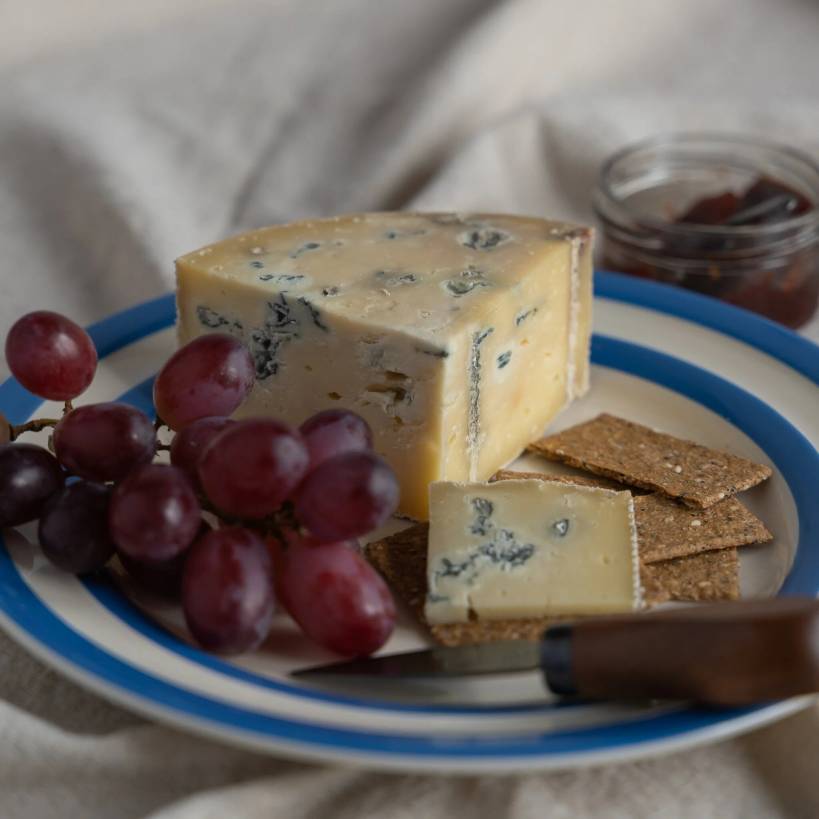
Food that goes well with Cornish Blue:
| Category | Food Items |
|---|---|
| Fruits | Pears, apples, figs, grapes |
| Nuts | Almonds, walnuts, pecans |
| Breads and Crackers | Baguette, rye bread, oat crackers, whole grain crackers |
| Meats | Prosciutto, salami, smoked salmon |
| Pickles and Jams | Pickled gherkins, chutney, fig jam, quince paste |
| Sweets | Dark chocolate, honey |
| Vegetables | Roasted red peppers, olives, sun-dried tomatoes |
| Other Cheese | Cheddar, Brie, Camembert |
Also read: 11 Best Crackers that Pair Well with Cheese
Beverage that goes well with Cornish Blue:
| Category | Beverage |
|---|---|
| Wine | Port wine, Sauternes, Riesling, Cabernet Sauvignon |
| Beer | Stout, IPA (Indian Pale Ale), Trappist beer |
| Cider | Traditional English cider, French cider |
| Whisky | Single malt Scotch, Irish whiskey |
| Non-Alcoholic | Sparkling water, grape juice, apple juice |
Also read: Best Wine and Cheese Pairings: The Ultimate Guide
Frequently Asked Questions
1. Is Cornish Blue vegetarian?
Yes, Cornish Blue cheese is typically made using vegetarian rennet, making it suitable for vegetarians. It’s a pasteurized cow’s milk cheese that is handmade by artisan cheesemakers. However, please note that there may be variations of Cornish Blue cheese that use traditional animal rennet, so it’s always a good idea to check the specific product details or with the producer if you’re unsure.
2. Where is Cornish Blue made?
Cornish Blue is made in Cornwall, England, United Kingdom. It is specifically produced by the Cornish Cheese Company at Upton Cross. The cheese is handmade by artisan cheesemakers, Philip and Carol Stansfield, on their family farm on the edge of Bodmin Moor. The milk used in its production comes directly from their own farm.
Also read:
- What is Beemster Classic? A Timeless Cheese from Holland
- What is Coolea Cheese? Cork’s Sweet and Nutty Delight
- What is Reggianito? Argentina’s Little Parmesan & Its Bold Flavor
- What is Young (Fresco) Pecorino? A Taste of Tuscan Tradition
- What is Queijo de Azeitão? A Portuguese Delight
- What is American Swiss Cheese? Between Two Cultures
- What is Caboc? A Taste of Scottish Heritage


